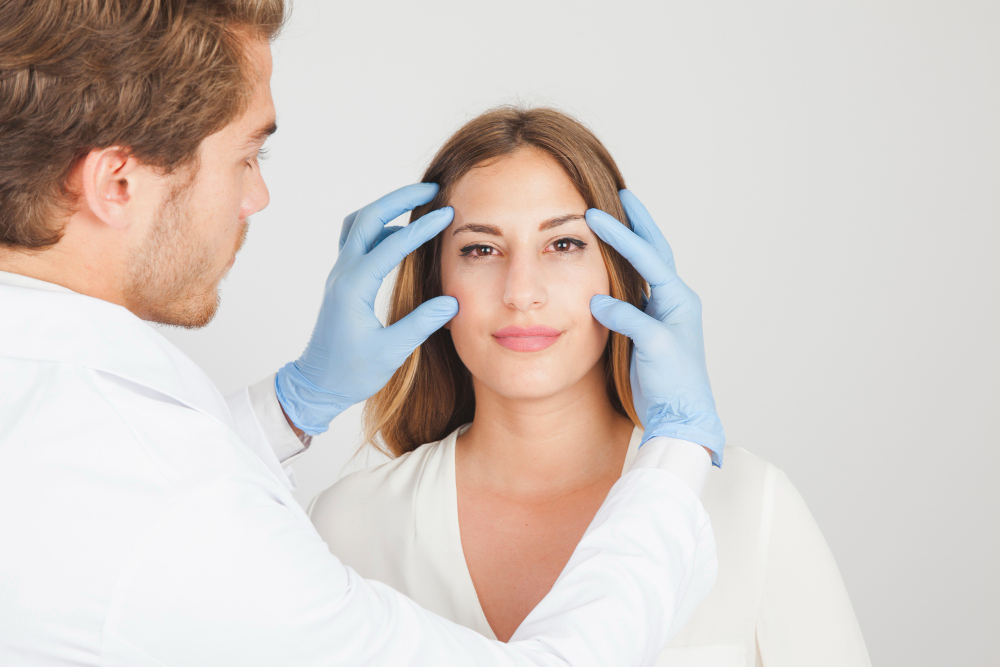As we age, the muscles around the eyes weaken, the skin on the eyelids stretches, and fat can accumulate—leading to sagging and puffiness in both the upper and lower eyelids. At American Medical Center, blepharoplasty (eyelid surgery) is offered to remove excess skin, fat, and tissue, helping you achieve a more refreshed and youthful appearance.
Am I a Candidate for Eyelid Surgery?
Sagging or puffy eyelids can make you appear tired or older than you feel, and may even reduce your self-confidence. While makeup can sometimes conceal under-eye bags, it doesn’t solve the underlying issue. Blepharoplasty rejuvenates the eye area and restores a more alert, energetic look.
You may be a good candidate for eyelid surgery if:
-
Your upper eyelids are sagging and obstruct your vision
-
You have puffiness or excess skin under the eyes
-
You are in good general health and do not smoke
-
You have realistic expectations for the outcome
Before surgery, you may need to stop smoking and avoid blood-thinning medications and supplements such as aspirin, ibuprofen, and herbal remedies for at least two weeks.
It’s important to note that blepharoplasty can improve your field of vision by lifting drooping skin, but it does not correct eyesight.
How Is Blepharoplasty Performed?
Your procedure at American Medical Center will begin with a consultation to review your health history, goals, and expectations.
Blepharoplasty can be performed under general anesthesia or local anesthesia with sedation, and it may involve the upper eyelids, lower eyelids, or both.
-
Upper eyelid surgery involves making an incision in the natural crease of the lid to remove excess skin and fat.
-
Lower eyelid surgery involves an incision just below the lower lash line to remove or reposition fat and trim excess skin.
Many patients choose to combine eyelid surgery with other procedures such as a facelift or neck lift for overall facial harmony.
Recovery After Eyelid Surgery
You may experience swelling, watery eyes, light sensitivity, or temporary double vision. You will need to rest for a few hours after surgery before being driven home—driving yourself is not allowed.
Prescription medications and eye drops may be provided to ease discomfort. Avoid rubbing your eyes, smoking, swimming, or any activities that strain your vision. Dark sunglasses are recommended when going outside, and contact lenses should not be worn for at least two weeks.
To extend your results, protect your eyelid skin from excessive sun exposure.
Expected Results
Most of the swelling and discomfort will subside within one to two weeks, leaving you with brighter, more youthful eyes. While drooping skin improves almost immediately, it may take a few months for all swelling to fade and for scars to soften.

